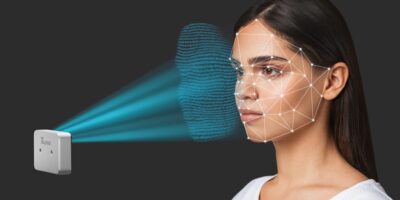Quuppa Intelligent Locating System is integrated in ON Semiconductor’s RSL10, flash-based Bluetooth Low Energy radio SoC. The Intelligent Locating System is in a user-friendly CMSIS-Pack format, to allow manufacturers to design low power indoor asset tracking applications with direction finding features and advanced angle of arrival (AoA) technology.
The Quuppa Intelligent Locating System is a technology platform for location-based services and applications. Its direction finding methodology and positioning algorithms enable real time tracking of tags and devices, with centimetre level accuracy even in challenging environments, says ON Semiconductor. The technology allows positioning updates to be sent up to 50 times per second, providing a reliable and versatile real-time locating system (RTLS) for all industries.
The RSL10 Quuppa RTLS AoA Tag CMSIS-Pack is part of an asset management development ecosystem from ON Semiconductor and technology partners. The ecosystem is designed to provide manufacturers with flexible deployment options, and features a range of RSL10-based options, including sensor development kits and software resources.
For turnkey solutions, ON Semiconductor has collaborated with Swiss RFID, Bluetooth Low energy, NFC and IoT engineering company, Tatwah, to develop a portfolio of Bluetooth tags and beacons including Quuppa Trackable Tags.
Monitoring and tracking of assets enables new capabilities and huge improvements in operational efficiencies across a wide variety of applications, explained Wiren Perera, head of IoT at ON Semiconductor. Low power wireless sensing and accurate location identification are essential to deliver these new capabilities and realise market potential, he added.
“We are thrilled to work alongside ON Semiconductor in creating a solution for monitoring and tracking assets across vertical markets. Over the years, we witnessed increasing demand for RTLS technologies where companies are seeking to gain visibility within their production lines and workflows,” said Fabio Belloni, Chief Customer Officer, Quuppa. “The need for a variety of different types of sensors and tags to empower those use cases is endless”.
The RSL10 Quuppa AoA RTLS Tag CMSIS Pack featuring the Quuppa Intelligent Locating System is compatible with all RSL10-based development hardware and is available now for free download.






